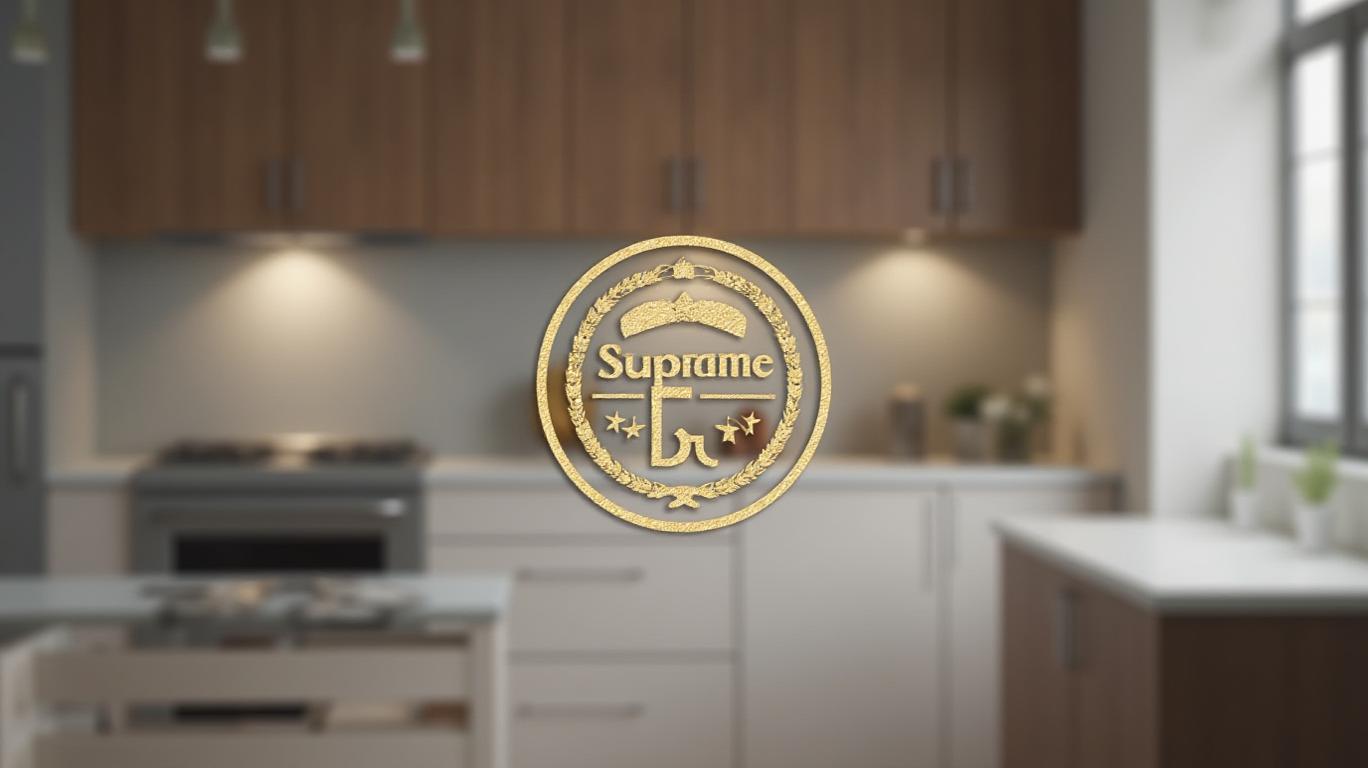MasterBrand Inc. Misses EPS Estimates in Q1 Amid Margin Pressures and Integration Challenges
MasterBrand Inc. (NYSE: MBC), the leading North American residential cabinet manufacturer, reported a mixed first-quarter 2025 performance, narrowly missing Wall Street’s adjusted EPS estimate of $0.19 with a result of $0.18. While revenue rose modestly, margin contraction and integration costs from its recent Supreme acquisition overshadowed growth. The results underscore the challenges the company faces in balancing strategic expansion with operational efficiency in a weakening housing market.
Financial Snapshot: Growth vs. Margin Strain
The quarter began with a 3% year-over-year revenue increase to $660.3 million, driven by the Supreme acquisition and higher average selling prices (+2%). However, this growth was constrained by a 9% volume decline in its core business, particularly in the repair and remodel segment—a critical market for cabinets. Gross profit fell to $202.2 million, with margins dropping 150 basis points to 30.6%, reflecting fixed cost pressures and integration expenses.
Net income tumbled 65% to $13.3 million, as higher SG&A expenses, interest costs, and restructuring charges weighed on profitability. Adjusted EBITDA slid to $67.1 million, with margins contracting 220 basis points to 10.2%, signaling a struggle to offset volume declines and rising fixed costs.
Operational Headwinds and Strategic Adjustments
CEO Dave Banyard highlighted the “softer-than-expected demand environment” in both new construction and repair/remodel markets as a key challenge. The Spring selling season, typically a growth driver, underperformed, exacerbating margin pressures. To counter this,
is pursuing aggressive cost actions:- Facility Consolidations: Reducing redundant operations to lower fixed costs.
- Workforce Adjustments: Streamlining headcount in non-core areas.
- Tariff Remediation: Mitigating the impact of tariffs through supply chain optimizations.
The Supreme acquisition, while contributing to sales and margins, added $4.3 million in restructuring charges and $2.7 million in intangible asset amortization. The integration remains a double-edged sword: growth opportunities come at the cost of short-term dilution.

Balance Sheet Concerns and Cash Flow Pressures
The company’s leverage ratios are cause for caution. Total debt reached $1.058 billion, with a debt-to-EBITDA ratio of 10.4x—a level that could strain liquidity if cash flow remains negative. Operating cash flow turned negative ($31.4 million), driven by lower net income and rising inventory. Free cash flow also dipped to -$41.2 million, reflecting capital expenditures and ongoing operational challenges.
Despite these pressures, MasterBrand repurchased $11.4 million in shares during the quarter, signaling confidence in its long-term value. However, with free cash flow negative, such moves may warrant scrutiny unless margins recover swiftly.
Full-Year Outlook: A Delicate Balancing Act
For 2025, the company projects:
- Sales: A low-single-digit percentage decline overall, with organic sales falling mid-single digits and Supreme driving mid-single-digit growth.
- Adjusted EBITDA: $315–$365 million, targeting a margin range of 12.0%–13.5%.
- Adjusted EPS: $1.03–$1.32, relying on cost discipline and operational improvements.
The outlook assumes stable tariff policies and no further housing market deterioration—both risky assumptions given ongoing economic uncertainty. Management’s focus on continuous improvement savings and capital expenditure restraint may provide a buffer, but execution will be critical.
Risks on the Horizon
- Tariff Volatility: The company’s guidance hinges on no new tariff changes, but geopolitical tensions could disrupt this assumption.
- Housing Market Weakness: A prolonged slump in repair/remodel activity could further suppress volumes.
- Debt Management: The high leverage ratio leaves little room for error if cash flow remains strained.
Conclusion: A Turning Point for MasterBrand?
MasterBrand’s Q1 results paint a company at a crossroads. While its strategic moves—such as the Supreme acquisition—position it to capitalize on future growth, the near-term financials reveal execution challenges. The debt-to-EBITDA ratio of 10.4x and negative free cash flow highlight the urgency of margin recovery.
The full-year outlook, particularly the $315–$365 million EBITDA target, provides a path forward, but it requires flawless execution of cost actions and stabilization in its core markets. Investors should monitor two key metrics:
1. Adjusted EBITDA margin expansion: A return to 12%+ margins would signal successful integration and cost controls.
2. Free cash flow improvement: A reversal of the negative trend by year-end would alleviate debt concerns.
For now, MasterBrand’s story remains one of potential versus present pain. The path to profitability hinges on whether its operational adjustments can outpace the headwinds of a softening market and integration costs. Until then, the stock—trading at roughly 10x trailing adjusted EPS—may remain under pressure unless near-term catalysts emerge.

Comments
No comments yet